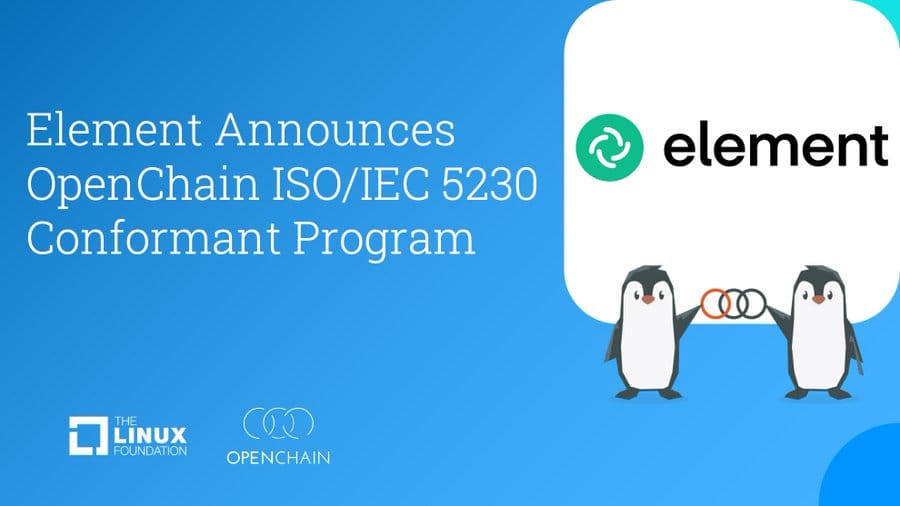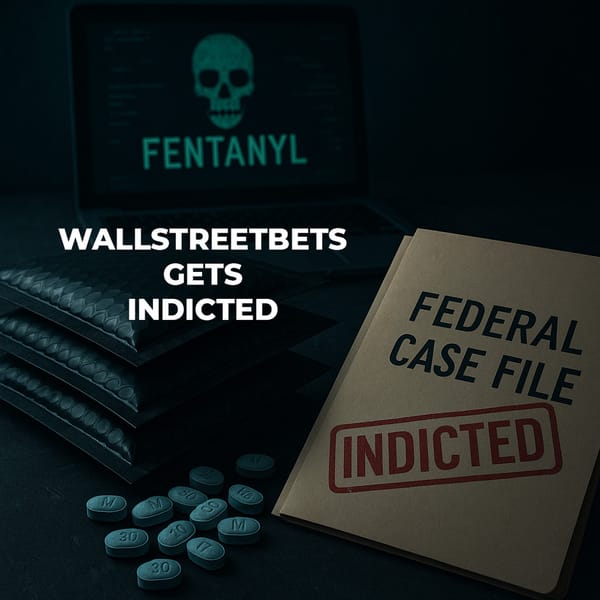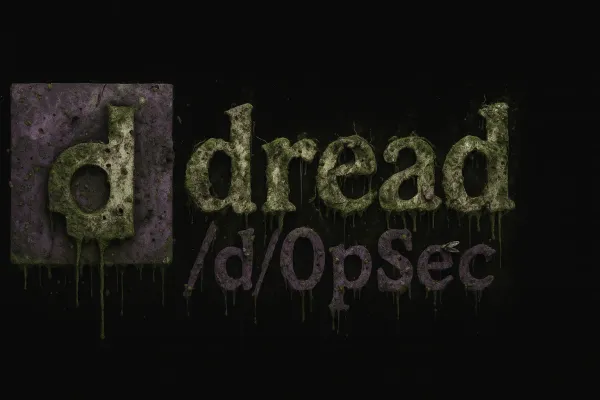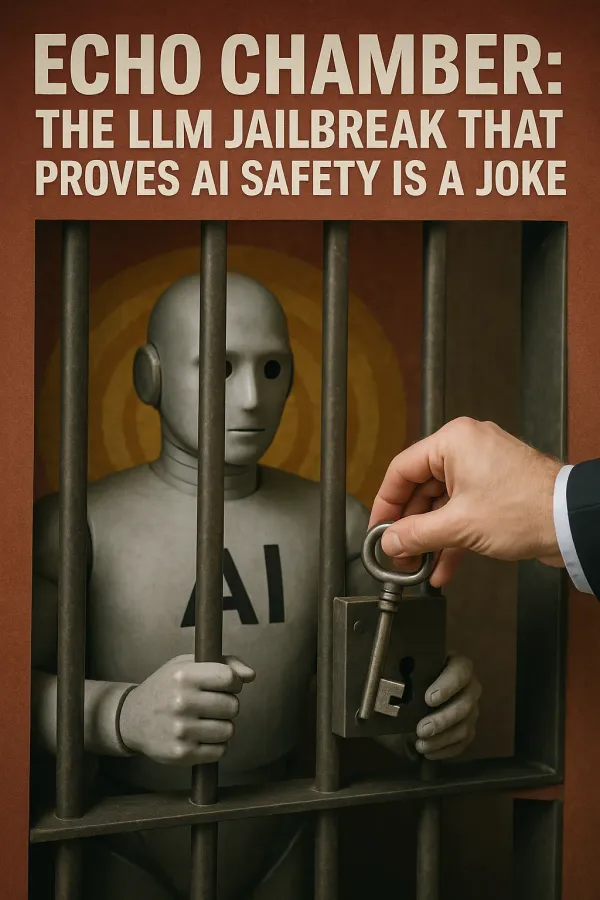The Real Impact of OpenChain ISO/IEC 5230 on Decentralized Communications
The Matrix ecosystem's compliance gambit might actually matter

The adoption of OpenChain ISO/IEC 5230 certification is a smart strategic move. It addresses fundamental weaknesses in open source adoption that most organizations refuse to acknowledge. The certification provides a tactical advantage that could reshape how decentralized communication platforms compete with centralized alternatives.
The Compliance Reality Check
ISO/IEC 5230:2020 marks an important turning point for OpenChain and open source software. For the first time there is an International Standard that defines open source compliance and process management. The standard establishes verifiable trust in software supply chains where billions of dollars flow through code written by anonymous contributors. The certification emerged from real market failures that have cost companies millions in legal exposure. Most organizations and software products rely on numerous open source components made by third parties, such as frameworks, libraries and containers, coming from diverse and often unaffiliated sources. Without formal compliance frameworks, companies face legal exposure that can destroy entire business models overnight.
Why Element's Move Matters
Element, built on the Matrix protocol, operates in a space where trust forms the entire value proposition. Their potential OpenChain certification would signal serious institutional maturity based on industry patterns and the strategic importance for secure communications platforms. Companies like Toyota, Google, Microsoft, BMW, and Bosch have all announced conformance to ISO/IEC 5230:2020. These companies understand that open source compliance failures can trigger cascading supply chain disasters. They have invested significant resources in certification because the alternatives prove far more expensive.
The Real Economics of Non-Compliance
The financial reality proves brutal for organizations that ignore compliance requirements. Research indicates that the total cost for non-compliance exceeds $14 million, including fines, penalties, business disruption, revenue loss, productivity loss, reputation damage and other fees. For a company operating in the secure communications space, a single compliance failure could mean immediate termination of government contracts. Enterprise customers would flee to competitors while patent trolls and competitors exploit license violations through legal warfare. Engineering teams become consumed by remediation efforts instead of building new features. The cascading effects often prove fatal for companies without proper compliance infrastructure.
The Institutional Adoption Problem
The Linux Foundation's data reveals that formal open source compliance programs remain pathetically rare across the industry. The statistics paint a damning picture of institutional incompetence across the software industry. Only 66% of organizations now have an OSPO or an OSS initiative, marking a 32% increase from 2022. This means 34% of organizations using open source have zero formal compliance structure. They operate on pure hope that their license violations won't trigger lawsuits. This represents a massive systemic risk that most boards of directors completely ignore.
Matrix Protocol's Strategic Advantage
The Matrix ecosystem's decentralization philosophy aligns perfectly with OpenChain's transparency requirements. Unlike proprietary platforms that hide their compliance failures behind NDAs, Matrix-based systems can demonstrate verifiable compliance across their entire stack. This creates a competitive moat that becomes increasingly valuable as enterprises demand proof of compliance rather than promises. When a supplier conforms to ISO/IEC 5230:2020 this provides various assurances that translate directly into procurement advantages. The transparency inherent in open protocols makes compliance verification straightforward compared to black-box proprietary systems.
The Supply Chain Trust Problem
ISO/IEC 5230 is the international standard for open source license compliance, and provides a clear, globally recognized way to run a quality program to ensure effective, trustable supply chain management. The standard addresses preventing catastrophic failures when critical infrastructure depends on code written by pseudonymous contributors. For secure communications platforms, supply chain trust determines everything because one compromised dependency can backdoor entire governments. OpenChain certification provides auditable proof that someone actually tracks what code enters the system. This becomes especially critical for platforms handling sensitive government and enterprise communications.
Implementation Reality
The standard focuses on outcomes rather than prescriptive implementation details. ISO/IEC 5230 does not define exactly how tasks must be performed, such as whether snippet scanning or revalidation of declared open source licenses is required. This flexibility matters because it allows organizations to build compliance programs that match their actual development practices. Developers can maintain their workflows while still achieving compliance objectives. The standard recognizes that forcing artificial processes leads to circumvention and ultimate failure.
The Decentralization Angle
OpenChain represents voluntary standardization without government mandate, which aligns perfectly with libertarian technological principles. You can adopt ISO/IEC 5230 through self-certification or in collaboration with one of our official partners. This approach builds parallel institutions that demonstrate competence without state enforcement. Companies adopt OpenChain because it provides market advantages through reduced risk and increased trust. The voluntary nature proves that market incentives drive better compliance than regulatory mandates ever could.
Bottom Line
Element's potential OpenChain certification would demonstrate that decentralized communication platforms can match or exceed the compliance standards of centralized competitors. This matters because enterprise adoption depends on boring things like license compliance alongside cryptographic elegance. Open source projects that ignore compliance will increasingly find themselves locked out of serious deployments. Investors now require companies to become OpenChain ISO 5230 conformant as a condition of ongoing investment, which proves that money follows verifiable compliance. For the Matrix ecosystem, OpenChain certification could unlock enterprise deployments currently blocked by procurement requirements. The certification proves that decentralized systems can operate at institutional scale without compromising their principles. The real test becomes whether Element can maintain its commitment to genuine decentralization while satisfying enterprise compliance requirements.




